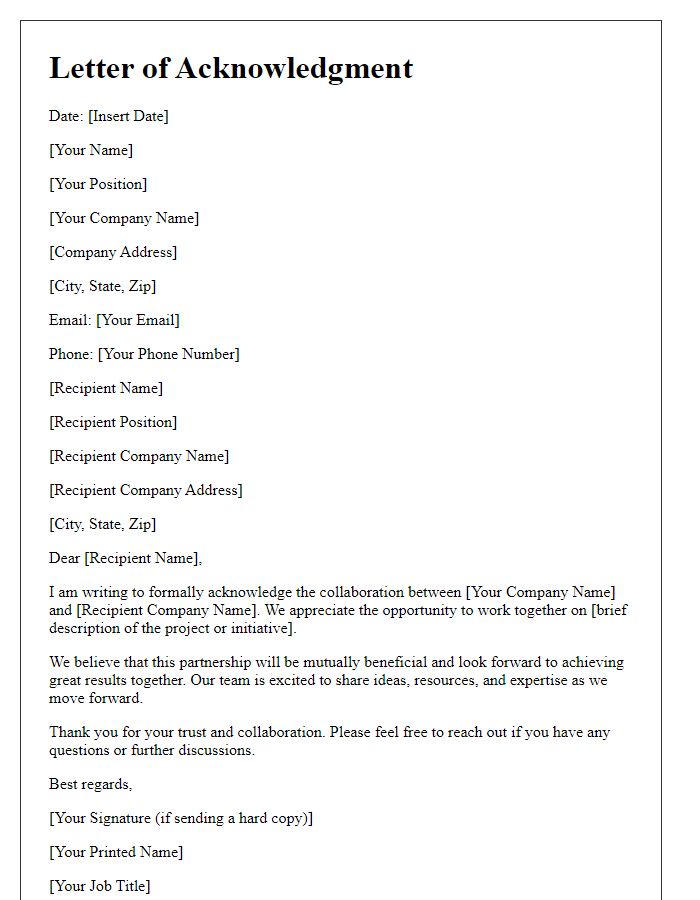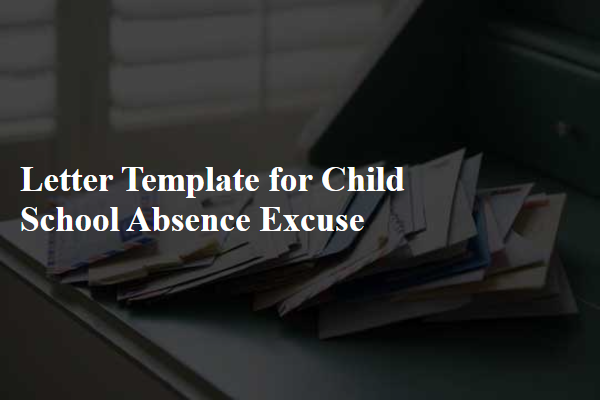Thank you letters are an essential part of maintaining professional relationships and expressing gratitude for opportunities and support. Crafting the perfect thank you note shows appreciation and reinforces connections, whether it's after a job interview, a business meeting, or receiving assistance on a project. In this article, we'll explore key elements to include in your thank you letters, helping you convey sincerity and professionalism. So let's dive in and discover how to make your thank you notes truly stand out!

Salutation
A professional thank you note often begins with a respectful salutation, such as "Dear [Recipient's Name]." Using a specific title, like "Dr." or "Ms.," along with the recipient's last name, adds formality. For instance, addressing a senior manager as "Dear Mr. Smith" establishes professionalism. If the recipient holds a formal position, using their title, such as "Dear Director Johnson," emphasizes respect. If the note is less formal, simply using the first name, like "Dear Sarah," may create a more personal connection, suited to familiar relationships, yet maintaining professionalism.
Expression of Gratitude
A professional thank you note expresses gratitude effectively in a concise format. A well-crafted note reflects appreciation for specific actions or support. For instance, a thank you note can acknowledge an assistive role by a colleague in completing a project, highlighting the importance of teamwork and collaboration. Mentioning the event's name, such as a conference or meeting where valuable insights were shared, enhances its relevance. Including details like the date or outcomes of a collaboration reinforces the specific contribution, showing genuine acknowledgment of the recipient's efforts. The tone remains respectful and appreciative, making it a crucial element in fostering positive professional relationships.
Specific Acknowledgment
A well-crafted thank you note serves to express gratitude while highlighting specific contributions or experiences. Personalization is key, as noting particular instances of assistance fosters a deeper connection. For instance, referencing a pivotal meeting, like the September 15, 2023, strategy session in New York City, showcases attentiveness and appreciation for the recipient's involvement. Additionally, acknowledging the recipient's expertise, such as their insights on market trends, emphasizes the value they brought to the collaboration. Recognizing support, perhaps during the recent project launch, strengthens professional relationships and encourages future collaboration. Overall, a thank you note reinforces positive interactions and leaves a lasting impression.
Future Engagement
Future professional engagements can hinge on the strength of past interactions, emphasizing gratitude for collaboration. Acknowledging a recent partnership or meeting allows for a recognition of shared goals and mutual benefits, especially when both parties are aligned on project objectives. Highlighting specific contributions made by the recipient, such as innovative ideas or successful execution of a strategy, fosters deeper professional bonds. Expressing enthusiasm for continued collaboration builds anticipation for future projects and underscores commitment to long-term relationships. This dedication not only enhances networking but can also lead to increased referrals and opportunities across industries, particularly in dynamic sectors like technology and finance.
Professional Closing
In many modern office settings, a professional closing enhances the courtesy of communication. Common closings such as "Sincerely," "Best regards," or "Kind regards" serve to convey respect and professionalism. Association members, like the American Management Association, emphasize the importance of maintaining a respectful tone, particularly in fields like business management, where formal communication frequents consultants and clients. Sign-offs should match the letter's overall tone, with "Warm regards" often preferred in slightly less formal situations. Personalizing the closing with the recipient's name can further strengthen rapport, demonstrating a thoughtful approach in networking and partnership building.













Comments